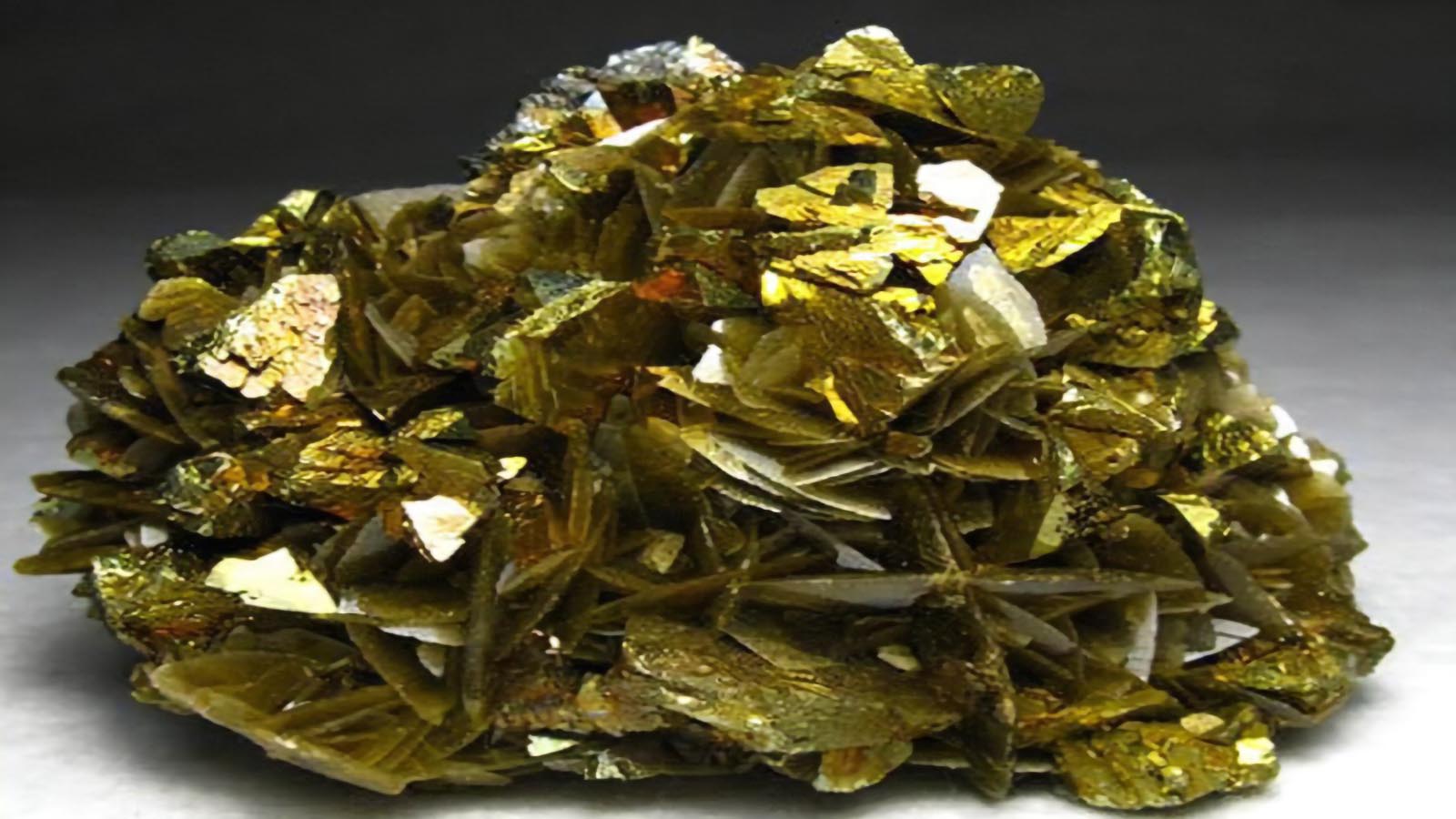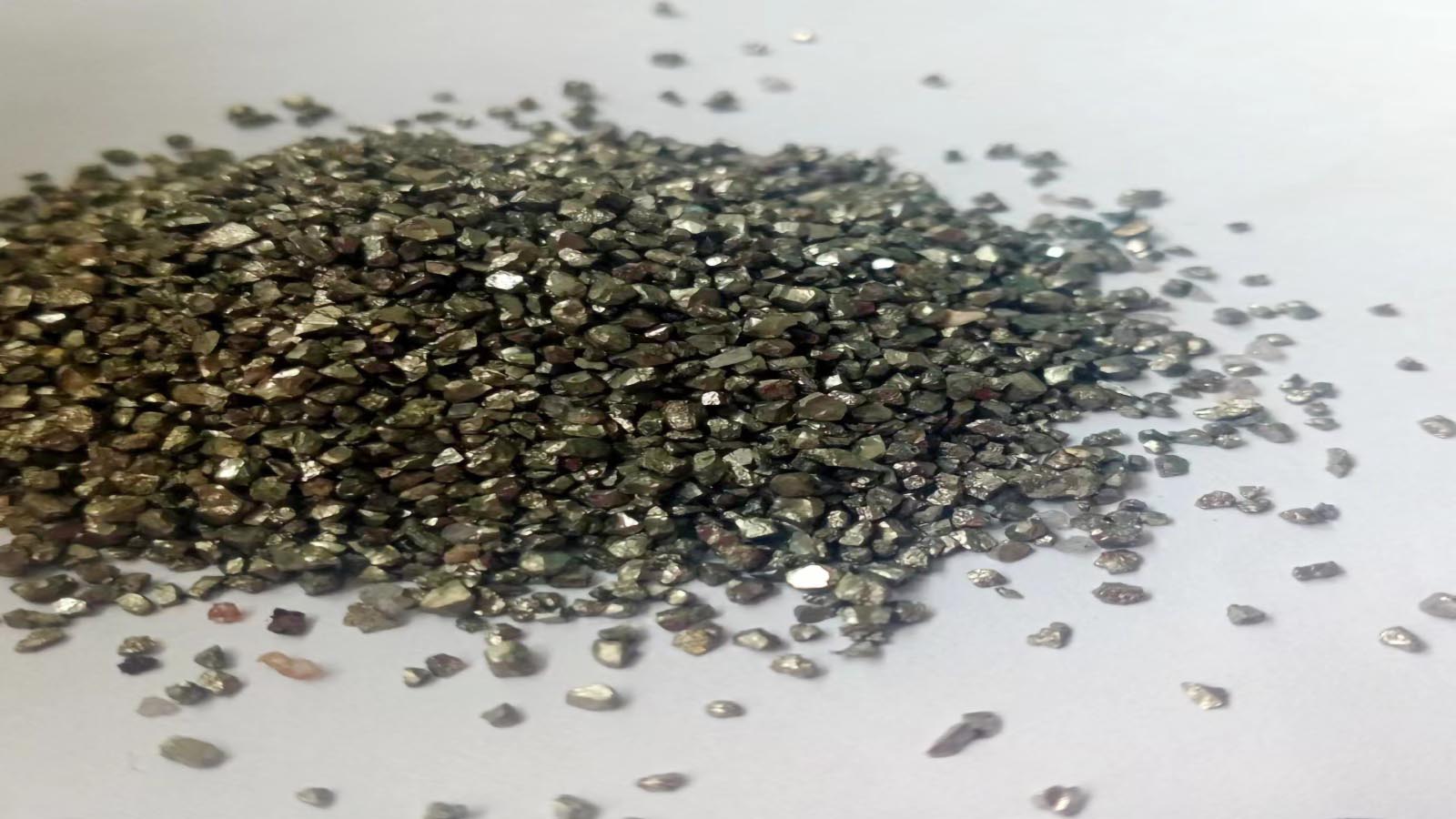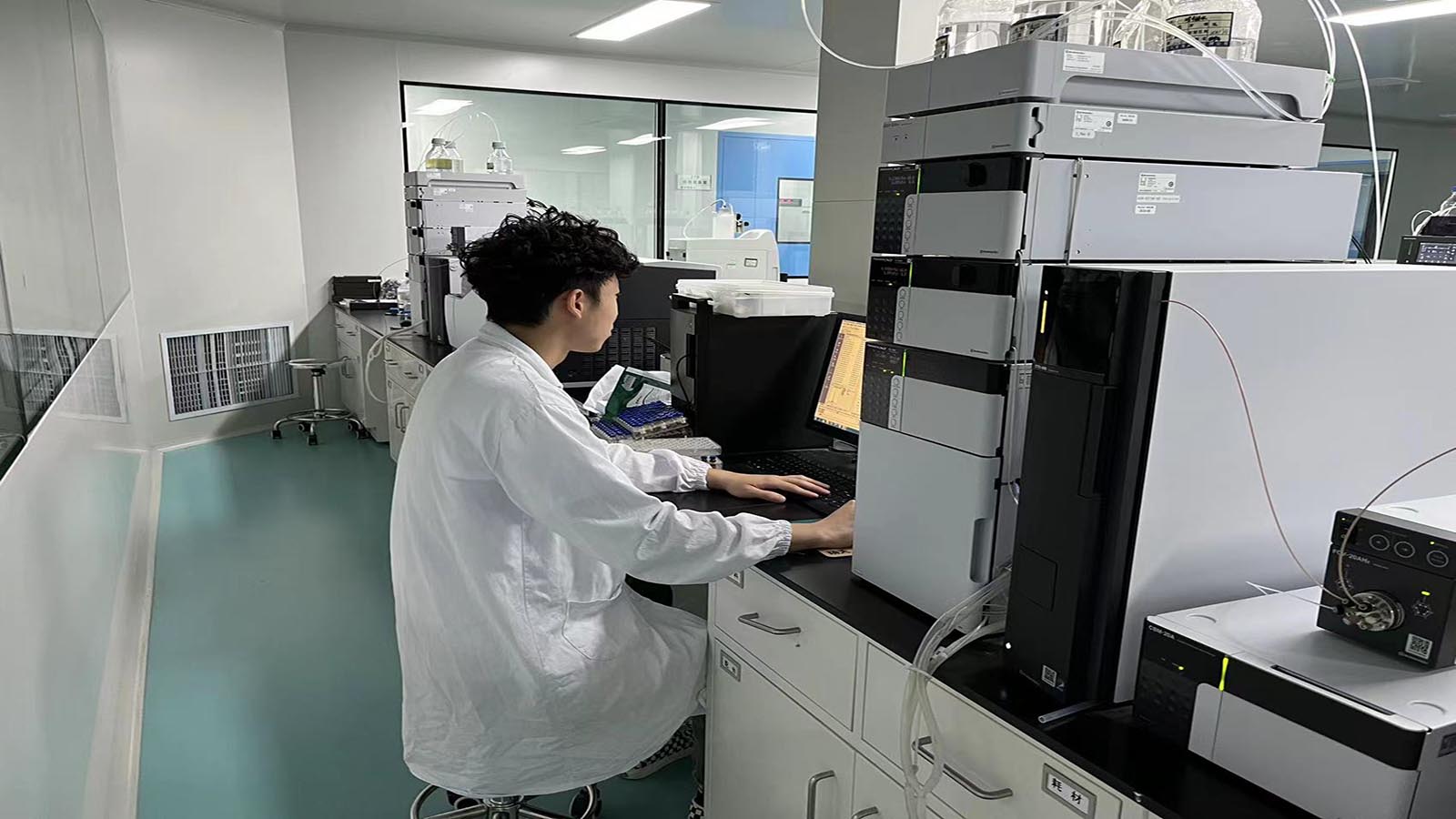
Siderite, a common iron carbonate mineral, has long been classified as a difficult-to-process ore due to its relatively low iron content (theoretical Fe content of only 48.3%, often below 40% in practice) and weak magnetic properties. As high-quality iron resources continue to diminish, efficient utilization of low-grade siderite becomes increasingly important. This article systematically analyzes the technical characteristics and application effects of four mainstream siderite beneficiation processes, providing reference for the rational development of such resources.
Mineralogical Characteristics and Processing Challenges of Siderite
Siderite (FeCO₃), as an important member of the carbonate mineral family, typically exhibits a rhombohedral crystal system with colors ranging from light yellowish-brown to dark brown, hardness of 3.5-4.5, and density of approximately 3.7-3.9 g/cm³. The main challenges in siderite processing include:
- Relatively low iron content, requiring special processes to improve grade
- Weak magnetic properties, resulting in poor conventional magnetic separation effectiveness
- Similar physical properties to gangue minerals (such as calcite, dolomite, etc.), making separation difficult
- Difficult liberation when finely disseminated, affecting separation efficiency
To address these challenges, industrial practice has developed four relatively mature beneficiation processes, each with its own applicable conditions and technical characteristics.
Four Major Process Systems for Siderite Beneficiation
1. Gravity Separation ProcessGravity separation is a traditional process based on mineral density differences, particularly suitable for processing coarse and medium-grained siderite resources.
Process Principle: Utilizing the density difference between siderite (3.7-3.9 g/cm³) and most gangue minerals (2.5-2.8 g/cm³) for separation.
Main Equipment and Methods:
- Heavy Medium Separation: Using suspensions of specific density as separation media, typically formed by mixing magnetite powder or ferrosilicon powder with water to create adjustable density media. Siderite with density greater than the medium sinks, while gangue with density less than the medium floats, achieving effective separation. This method offers high separation precision and adaptability, particularly suitable for processing coarse siderite with particle sizes of 10-100mm.
- Jigging: Utilizing vertically pulsating water flow to stratify minerals of different specific gravities in water medium, with heavy minerals settling to the bottom layer and light minerals floating to the upper layer. Jigs feature simple structure, low investment, and can process siderite within a particle size range of 1-30mm, removing approximately 80% of gangue under ideal conditions.
Technical Advantages: Gravity separation processes offer large production capacity, relatively low investment, high separation precision, and wide particle size adaptability for siderite, making them commonly used pre-concentration processes in large siderite processing plants.
2. High-Intensity Magnetic Separation ProcessAlthough siderite is a weakly magnetic mineral, effective separation can still be achieved through high-intensity magnetic fields, particularly suitable for the concentration stage.
Process Flow:
After crushing and screening, siderite ore enters the grinding system. The ground product undergoes classification before entering multi-stage washing tanks and desliming tanks for thorough desliming treatment. The deslimed slurry is fed into wet high-intensity magnetic separators, and through multiple magnetic separation operations, ultimately produces three products: high-grade magnetic concentrate, medium-grade magnetic middlings, and low-grade tailings.
Key Technical Points:
- High-intensity magnetic field strength typically needs to reach 10,000-16,000 gauss
- Desliming treatment significantly impacts magnetic separation effectiveness, generally requiring control of -0.03mm slime content below 5%
- Multi-stage magnetic separation processes are typically employed to improve concentrate grade and recovery
Application Effect: High-intensity magnetic separation can upgrade siderite with iron content of around 35% to 50-55%, though energy consumption is relatively high.
3. Flotation ProcessFlotation is an effective method for processing fine-grained siderite, which can be divided into direct flotation and reverse flotation based on the flotation target.
Direct Flotation Process:
- Acidic Direct Flotation: Grinding siderite to appropriate fineness (typically 70-85% passing -0.074mm) followed by desliming. The deslimed product is processed with fatty acid collectors (such as oleic acid, sodium dodecyl sulfate, etc.) in a neutral or weakly acidic medium (pH 6-7) to float iron minerals.
- Alkaline Direct Flotation: After grinding, without desliming, adjusting agents (such as sodium carbonate, sodium hydroxide, etc.) are added directly in a weakly alkaline medium (pH 8-10), using oxidized paraffin soap or tall oil as collectors for flotation.
Reverse Flotation Process: Under specific conditions, reverse flotation can also be employed, depressing iron minerals while floating gangue minerals.
Process Characteristics: Flotation methods work effectively for fine-grained (-0.074mm) siderite but have high requirements for raw ore grade and mineral liberation, with relatively high reagent costs.
4. Magnetizing Roasting-Magnetic Separation Combined ProcessThis process is one of the most effective methods for treating low-grade siderite, altering mineral magnetic properties through heat treatment, then combining with simple magnetic separation technology.
Process Principle: Siderite (FeCO₃) is roasted under specific temperature and atmosphere conditions, undergoing decomposition reaction: FeCO₃ → FeO + CO₂, further transforming to Fe₃O₄ (magnetite) under appropriate conditions, significantly enhancing magnetic properties for subsequent low-intensity magnetic separation.
Roasting Methods:
- Reduction Roasting: Conducted in a reducing atmosphere, with temperature controlled at 650-900°C, most commonly used
- Neutral Roasting: Conducted in a neutral atmosphere, controlling air volume
- Oxidation Roasting: Conducted in an oxidizing atmosphere, relatively less applied
Roasting Equipment: Large-sized materials (75-15mm) typically use shaft furnaces for roasting; fine materials (below 15mm) use rotary kilns. Roasting time ranges from as long as 6-8 hours to as short as 10-15 minutes, depending on equipment type and process requirements.
Technical Advantages: After roasting, iron minerals transform into strongly magnetic magnetite, enabling grade-significantly-improved concentrate through simple low-intensity magnetic separation. Additionally, the removal of CO₂ theoretically increases iron content by approximately 10 percentage points. This process is particularly suitable for processing low-grade, difficult-to-beneficiate siderite resources.
Process Selection and Optimization Recommendations
For different types of siderite resources, the Zexin Technical Team recommends considering the following factors in process selection:
- Ore Particle Size Characteristics: Prioritize gravity separation for coarse-grained siderite; flotation or high-intensity magnetic separation is more suitable for fine-grained siderite
- Ore Grade: Extremely low-grade siderite is better processed using magnetizing roasting-magnetic separation combined process
- Associated Mineral Characteristics: When siderite co-exists with other valuable minerals, process selection should consider comprehensive recovery
- Equipment Investment and Operating Costs: Gravity separation processes have low investment but limited concentration capability; magnetizing roasting processes can achieve high-grade concentrates but have higher energy consumption
In practical industrial applications, combinations of multiple processes are often employed, such as gravity separation-high intensity magnetic separation combined process or flotation-high intensity magnetic separation combined process, to achieve optimal separation effects and economic benefits.
With the continuous development of mineral processing technology, the field of siderite beneficiation is actively exploring new processes, such as high gradient magnetic separation, selective flocculation, and biohydrometallurgy, which are expected to provide more possibilities for efficient utilization of low-grade siderite.
Related News

Breakthrough and Industrial Practice in Micro-Fine Mineral Recovery Technology

Research and Industrial Practice of Key Technologies for Iron Ore Desulfurization
